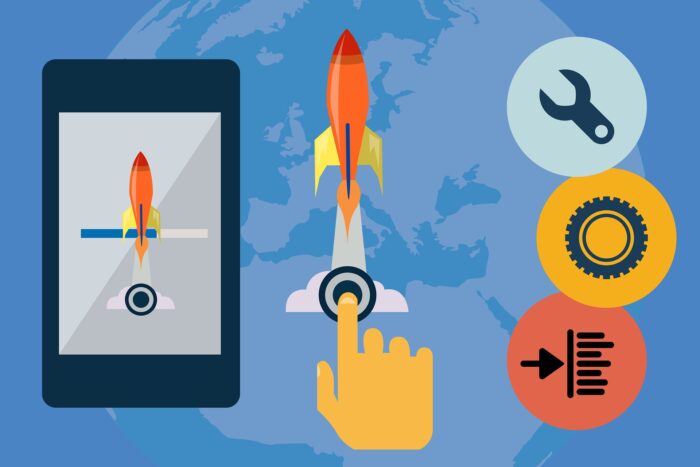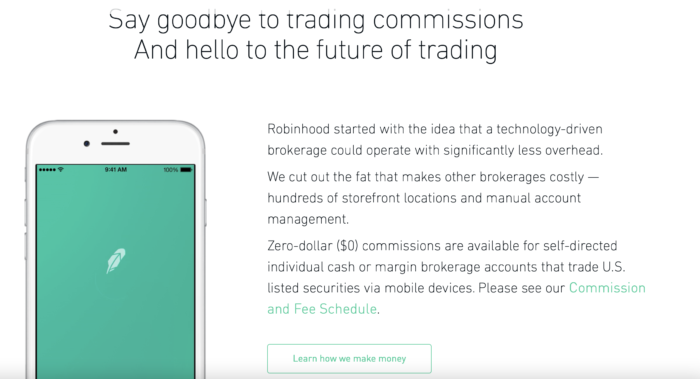Products don’t come into existence with success baked into their identity. A lot of groundwork goes into creating a successful product entry into the market, especially regarding the launch strategy. From a marketing perspective, there’s a lot of pre-launch campaigning that can make or break the initial run of a product.
Launch Strategy Pre-Launch Marketing
Pre-launch marketing is all about obtaining an early user base and keeping them interested through the expansion. Offer samples or demo versions and try to get feedback that you can either implement or use as testimonials. If you’re offering a service, use launch promotion discounts to get early adopters.
You can get your foot in the door with penetration pricing, but preventing churn is another issue entirely. To get the hooks into your audience early, you need proper customer onboarding practices (in-depth article here). Here are some must-haves for pre-launch:
- Know your customer and build a buyer persona
- Make signups, customer service, and payment as smooth as possible
- Build multiple lines of communication to suit different customers
- Create a client onboarding questionnaire to suit the service to their needs if possible
Another purpose for having early adopters is to create word of mouth. Capitalize on word of mouth, meaning people need to be discussing your product organically. This contingent will be crucial for the actual launch, providing you with engagement as followers.
Pre-launch is also an opportunity to make corrections, beta test, and anticipate the response with a pilot test. You can take the feedback you get from the pre-launch data and use it to answer any questions that may confuse potential buyers after the launch.
Pre-Launch Promotion Strategy

Get your marketing channels ready and have information for your initial offerings. Before launch, you need to make sure what your initial pricing will be and how to inform people, especially if you’re offering product trials.
You should also try to build a referral or social media promotion system. A few ways to do this:
- Incentivise posting to social media using hashtags, discounts, or reviews (a good example is how music equipment manufacturers use this to their advantage)
- Offer discounts for confirmed referrals or sign-ups from people in your customer’s network
- Incentivise following social media channels or the community Discord to help grow your community while getting customers more involved in regular usage by building an ecosystem
- Get people to pre-sign for your services to show potential investors (Kickstarters can be a good metric as well)
- Create a Press Kit to help any potential marketers or advocates get the message out the right way and make it easier for them to follow your guidelines (be sure to include product details, descriptions, use cases, branding elements, and the emotional drive of your brand story)
- Upload video tutorials, content, interviews, etc. to clarify the particulars of your product or service to allay questions about how it works
Brand Launch Strategy
Before launching your product, you need to have your branding on point. Here’s how to launch a brand and make your iconography stick in people’s minds:
- Your brand launch often begins even before the product is in anyone’s hands. This is the identity that will get you investors, convince people to try the product, and inform your company culture
- A website launch announcement isn’t enough. Nail the website from the get-go by having content ready, unique images with your branding, and the right SEO and keywords
- Create a consistent brand tone with proper guidelines. You also need to choose a colour scheme that works in multiple contexts and stick to it
- Before the launch, clarify who your audience are and what message they resonate with. As a new company, you need to decide whether you are classy or cutting edge or fun and irreverant. Brand tone dictates how audiences view you. Here’s how to develop and communicate a brand story
While there is no social media launch formula, some things are a must-have. In terms of social media branding, you can:
- Have logos watermarks ready for adapted for all your channels
- Focus on your company’s best-performing channels and focus on them more
- Keep your brand voice consistent across channels by having brand voice guidelines and dos and don’ts
- Make sure your brand keywords (ones you feel describe your product and company) are integrated with your channels and website
Product Launch Event Promotion

Launch parties are a great way to generate buzz and serve as a time to actualize your launch goals. Here are some tips for your channel strategy for the event:
- Pre-launch Instagram posts with a countdown to the event can help build anticipation
- Market the event just as much as the product (you want people to have fun at the event)
- Social media is the best way to monitor word of mouth in real-time
- Livestream it if possible and answer potential user questions
- Have good food and entertainment to attract people who would not normally attend
- Hand out goodie bags with merch and branding because they can be reminders of the product
- Hand out discount codes, coupons, etc. to ensure usage
Launch party invitations can attract attention in the following ways:
- Have your branding elements front and centre
- Focus less on the product and more on the entertainment value of attending the event to learn more
- Add QR codes for easier registration (the fewer steps to registration the better it works)
- Link your socials and use them as a reminder strategy for invitees
- Create an event social media page and use it to publicize what customers can gain from the event
- Email marketing tip: Product launch email subject lines need to evade the spam filter (avoid overly salesy words)
Post-Launching Strategy
In the post-launch era, your launch strategy needs to focus on the elements you have so far. In the immediate future, post about the event and its impact. Build on the content you have to show your growth and how the company is progressing.
After the launch, you need to focus on operationalizing the data and feedback that has been gathered beforehand. This is the time to buckle down and push for your first round of sales and lead generation. Use the impressions of your service, the size of your launch, your growth in interest up to this point, etc. to attract leads.
Launch Strategy Use Cases
Disruptive Product Launch: Robin Hood
In a world where there are a plethora of e-finance options, Robinhood is a name that stands out. Even so, it’s hard to conceive that the company had nearly a million followers before it even launched. The company used a masterful strategy of offering an exclusive pre-launch beta to select customers. The invitation-only access became highly sought after.
From the get-go, they capitalized on the right emotions:
- Harnessed FOMO with the right words to get people investing
- Simple, clear, easy sign-up processes
- Gamified the process (more on that in this article)
Their website launch flyer has a lot of things going for it as well, offering a story of streamlining the world of investing and adding the “Learn how we make money” button with a professional-looking layout that inspires trust.

Product Launch & Launch Event Cases
Here are some great product launch event examples and what they did right so you can apply the same strategies:
- Toyota and teamLab’s launch event
Toyota did some work with teamLab to create a mobile app/game geared towards children. The purpose of the SNES era-inspired game is to use a selection of “over 100 3D parts” to craft a custom-manufactured car. As part of the launch, they put together a sort of playtime event with a whole bunch of children to test out the game with each other and show off their creations.
The great thing about the event was that it got together the target audience and got them involved with the product in question and helped them associate it with the brand identity (which is the main goal of this sort of branding exercise).
- EVOLVE by PepsiCo
PepsiCo’s Plant-based protein beverage took on a new look and needed a whole new brand rollout. Pepsi’s design team got to work on new packaging designs for EVOLVE’s new flavours. Inspired by the outdoors, the designs match the new flavours while honouring notable outdoor locales: Bend National Park, Glacier National Park, Hawaii’s Haleakala National Park, and the Rocky Mountain National Park.
The new design shows the brand’s commitment to preserving the National Parks. This launch emphasized the push to care about the environment. It also illustrated the sustainable manufacturing practices inherent to the project. The revamp generated additional buzz by hosting a global reforestation initiative with non-profit One Tree Planted. Three entrants were selected to receive $10,000 each to use toward their community initiative.


